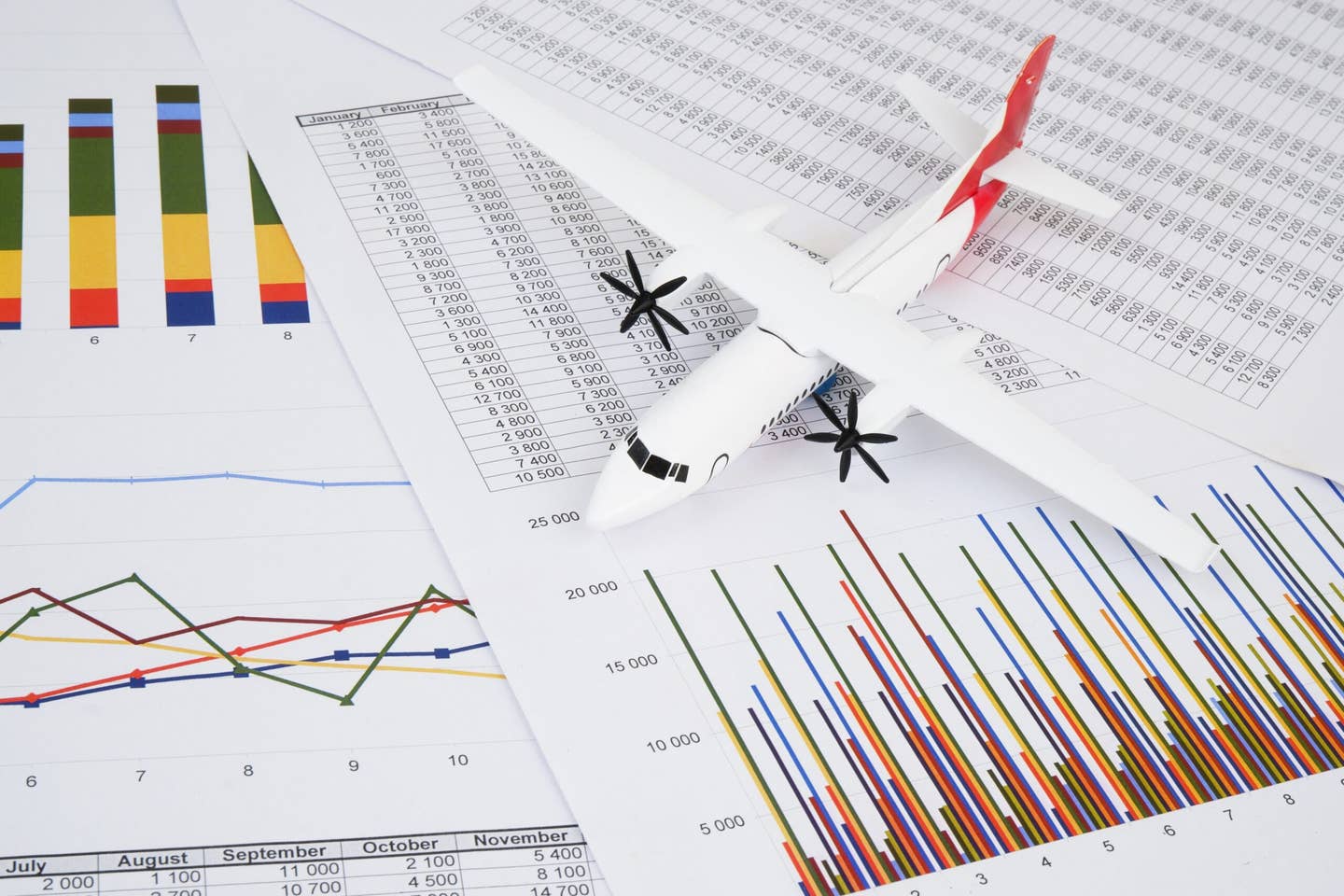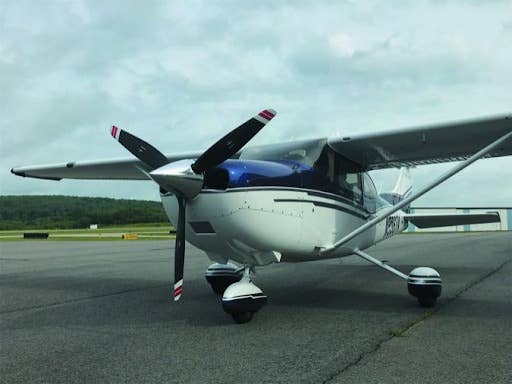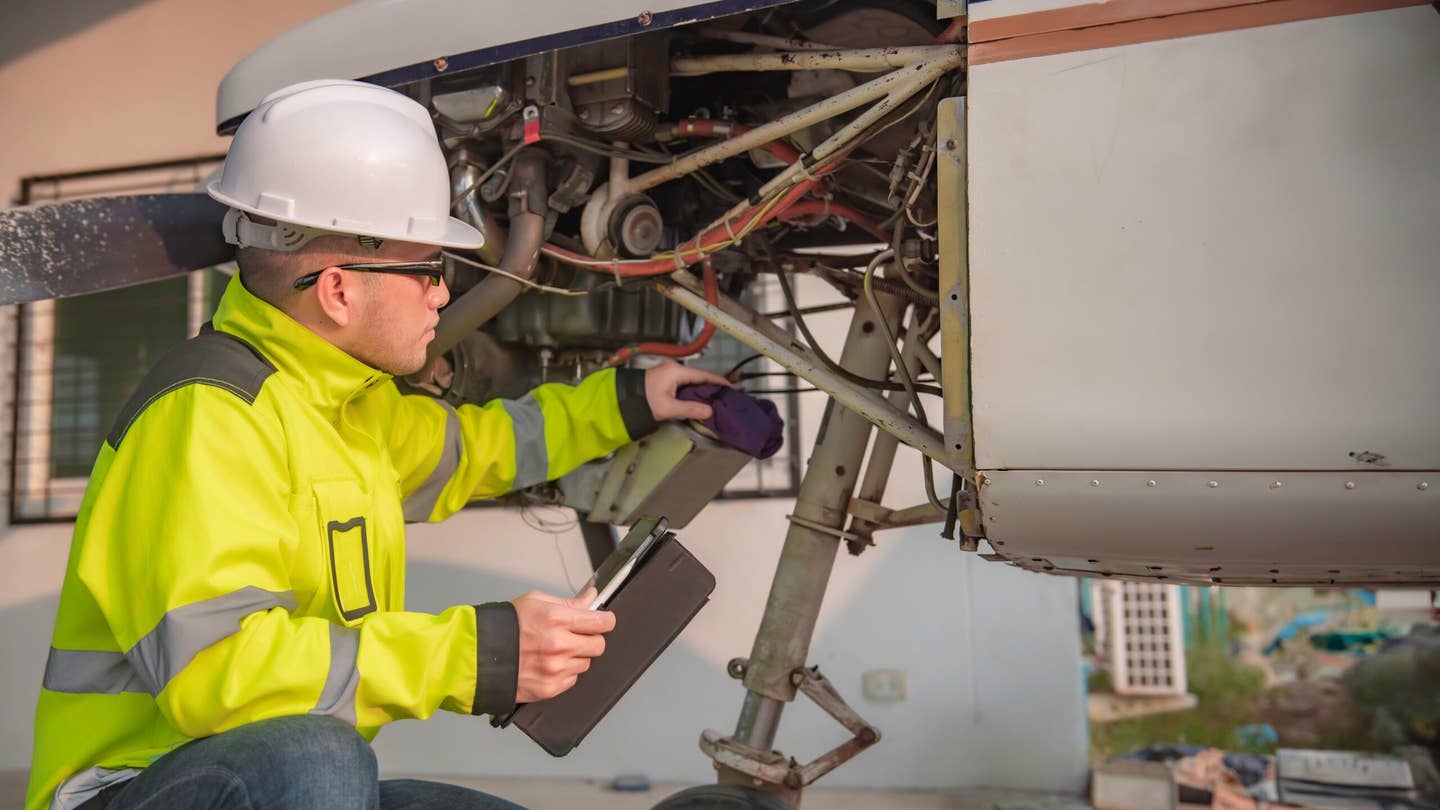
[Credit: Shutterstock]
BROUGHT TO YOU BY FLYING FINANCE
With the market in flux at the moment, experts are speculating about the future of Federal Reserve interest rates, among other key economic indicators. While the Fed recently cut rates by 25 basis points, FLYING Finance’s sources have warned us that deposit pricing increases are imminent, and that subsequently, interest rates will increase again by the first quarter of 2025.
The relationship between deposit pricing and lending rates can sometimes be complex, but the effects for consumers are fairly predictable. Sectors reliant on consumer financing, such aviation, see those effects sooner and more consistently.
Rising lending rates will inevitably influence aviation financing costs, so now is a good chance to talk about the future of the private aircraft market.
Why Are Deposit Rates Rising?
Due to a variety of factors, banks and financial institutions are increasing rates on deposit accounts (savings, money markets, and CDs).
Consumers tend to feel the effects of Federal Reserve policy adjustments, inflation control efforts, and competition among banks to attract deposits. Typically, when the Fed increases interest rates, banks raise deposit rates to compete and attract deposits.
Likewise, when depositors move their money to other investments, banks raise deposit rates to keep them. This is already occurring and will continue as the Fed further increases rates.
As a general rule, deposit prices lag behind Fed rate hikes and decreases but not by much.
How Higher Lending Rates Affect Aviation Finance
With lower consumer savings rates, higher credit card balances, and higher default rates for both consumers and businesses, banks are forced to raise deposit pricing for checking and savings accounts to compete for what liquidity remains in the market.
As a direct consequence, those same banks pass costs onto borrowers and have to be more selective with who they lend to, which disadvantages private consumers and small businesses.
All of this creates more opportunity for shadow lending.
“Shadow banking” is a term that refers to a system of creditors or financial intermediaries that are not necessarily subject to regulatory oversight. These include organizations such as hedge fund management firms, private equity managers, and mortgage lenders.
Other methods of shadow lending include merchant cash advances, asset-based lending, and essentially any other private lending not subject to federal regulation. In other words, smaller-scale, less traditional means of lending.
When traditional banking tightens the requirements for loans, the demand for remains and typically migrates to these shadow lenders.
The aviation industry depends heavily on borrowing to finance large purchases such as aircraft, maintenance, and upgrades.
When lending costs more, lease rates increase proportionally, even for lessors with good credit. Lessors are forced to pass on the higher cost of funding in order to maintain their profitability, meaning that consumers will be left with higher rates whether financing or leasing.
Long-Term Industry Implications
Sustained high lending rates could reshape the aviation industry, at least in the short term. Commercial airlines and aircraft manufacturers, as a consequence of higher lending rates for customers, will likely be more conservative in their fleet expansion and production numbers, respectively.
When financing is more expensive, demand for new aircraft may decrease, which can also affect manufacturers and the aviation market, decreasing supply and consequentially bottom-line cost.
Higher rates affect everything from long-term financing decisions to residual values, so businesses will have to weigh the cost of financing and leasing corporate aircraft at the start of 2025.
All that to say, the best time to finance is before lending rates spike.
Fixed-Rate Loans
Fixed-rate loans, where the interest rate remains the same for the life of the contract, are the best financial move to make in the run-up to rate hikes.
If you can start the process before the holiday rush, FLYING Finance can help you lock in a fixed-rate loan now while rates are still relatively low. Our team provides flexible financing options tailored for aviation, and we can help walk you through every step of the process.
Reach out today so you don’t miss out on the best rates that will be available for potentially a long time.

Sign-up for newsletters & special offers!
Get the latest FLYING stories & special offers delivered directly to your inbox



![[PILOT AND SNELLEN CHART PIC]](https://www.flyingmag.com/uploads/2022/11/2022-FlyingMag.com-Native-Advertising-Main-Image--scaled.jpeg?auto=webp&auto=webp&optimize=high&quality=70&width=1440)


